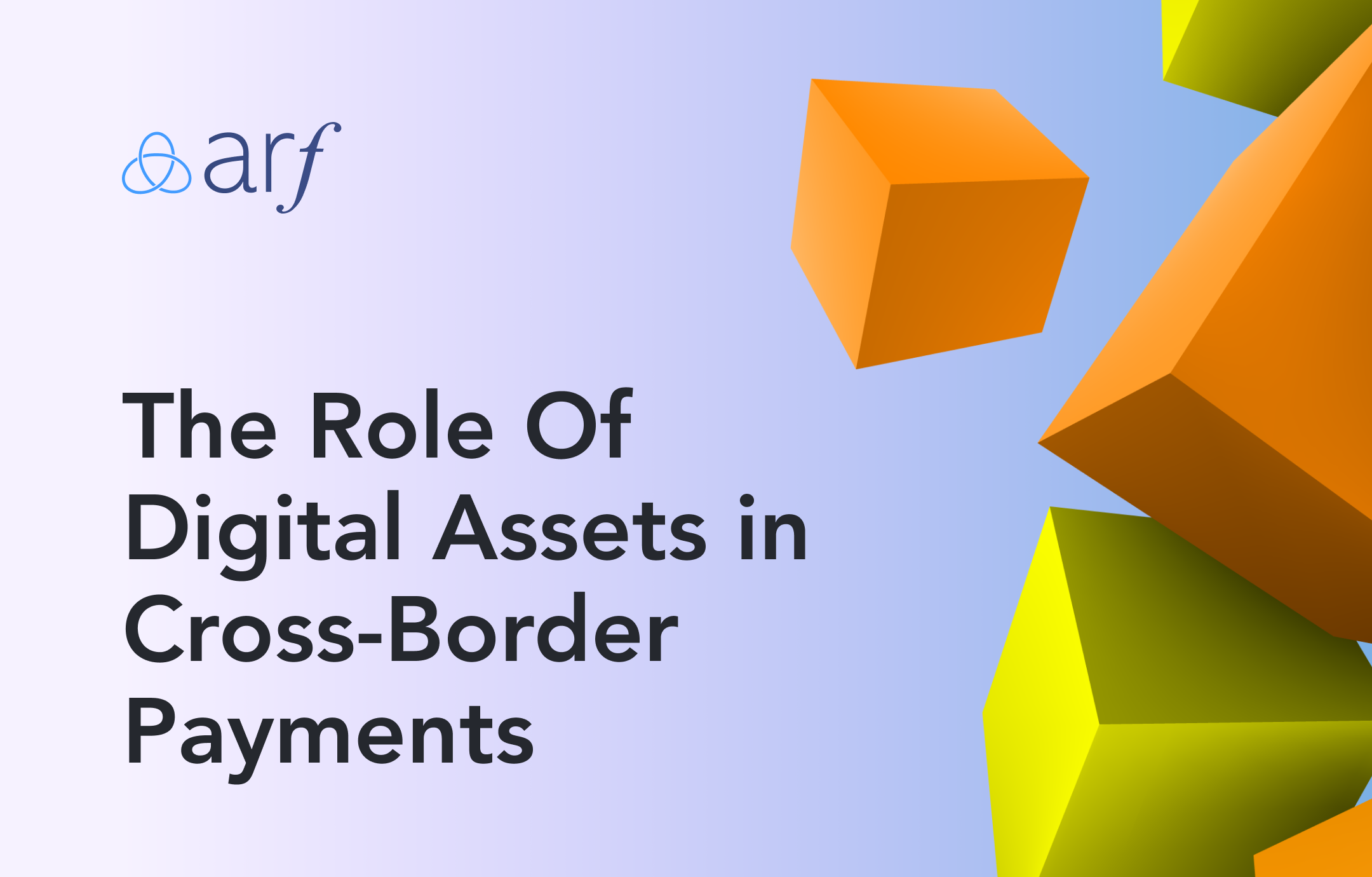Stablecoins are a type of cryptocurrency whose value is pegged to a real and stable asset like fiat currencies or gold, to stabilize its price.[1] They have all the advantages of a cryptocurrency: inexpensive, borderless, instant, 24/7 available.[2] While covering all advantages, they try to tackle cryptocurrencies’ biggest drawback, high volatility; and reduce the imposed risk by linking their value to primarily more stable assets. Their stability makes them more capable of serving as a means of payment and store of value.
The first stablecoin was Tether, created in 2014, which formed the basis of many following stablecoins.[3] While fiat, particularly the U.S. dollar, is the most common collateral for stablecoins today, some are tied to the value of precious metals such as gold or silver. There are even some stablecoins that use other cryptocurrencies as collateral.
The central aim for stablecoins is to be widely used as a digital currency for daily transactions in the future. They aspire to achieve the functions of traditional money without relying on confidence in an issuer, as Lael Brainard, an American economist and member of the U.S. Federal Reserve’s Board of Governors stated.
Between stablecoins and developments in the monetary system, central banks can play the role of solid bridges. A central bank-issued stablecoin represents the safest monetary value in our system that could eventually replace paper banknotes. They could make it possible to automate money transmissions securely to millions of people, especially when governments are involved.
The benefits of stablecoins include real-time, low-cost, safe, and more competitive payments compared to what we experience in the current financial system today.
Although instant money transfer to anywhere in the world at low cost is a crucial need that is shared among people and institutions, cross-border transactions are still made through intermediaries, making money transfers unnecessarily expensive. The fees taken for remittances sometimes go up to 10% for each transfer. Moreover, they are still awfully slow, taking up to two working days, which is unacceptable in today’s speed requirements.
Stablecoins have the potential to solve the pivotal bottleneck of international money transfers around the globe. They may make it easier for governments to conduct conditional cash transfer programs, and cheaper for companies to receive payments. They may also allow individuals to cut money transfer costs when they are sending money home. Low cost money transfer can provide a much needed connection of unbanked and underbanked populations to the existing financial system.
After facing the instability caused by unforeseen COVID-19, the fast pace of digitization in the world can only accelerate. It is certain that a new and diversified convergence between stablecoins and financial institutions will happen in the near future.
Our established financial systems are slow, costly, highly centralized, and dependent on holidays and banking hours. Although still largely untested, stablecoins have the potential to become the backbone for a digital society by transforming payments and financial services.[4] Recent government activities focusing on stablecoins clearly show that there is a movement of stablecoins into mainstream use. More than ever before, stablecoins appear to be the future of cross-border money transfers by laying the foundations for an open, transparent, fast, and inclusive monetary system.
[1] https://www.jumpstartmag.com/stablecoins-and-how-they-work/
[2] https://cointelegraph.com/news/driven-by-financial-institutions-stablecoin-acceptance-turns-a-corner
[3] https://theconversation.com/what-are-stablecoins-a-blockchain-expert-explains-164812
[4] https://www.bis.org/cpmi/publ/d187.pdf





